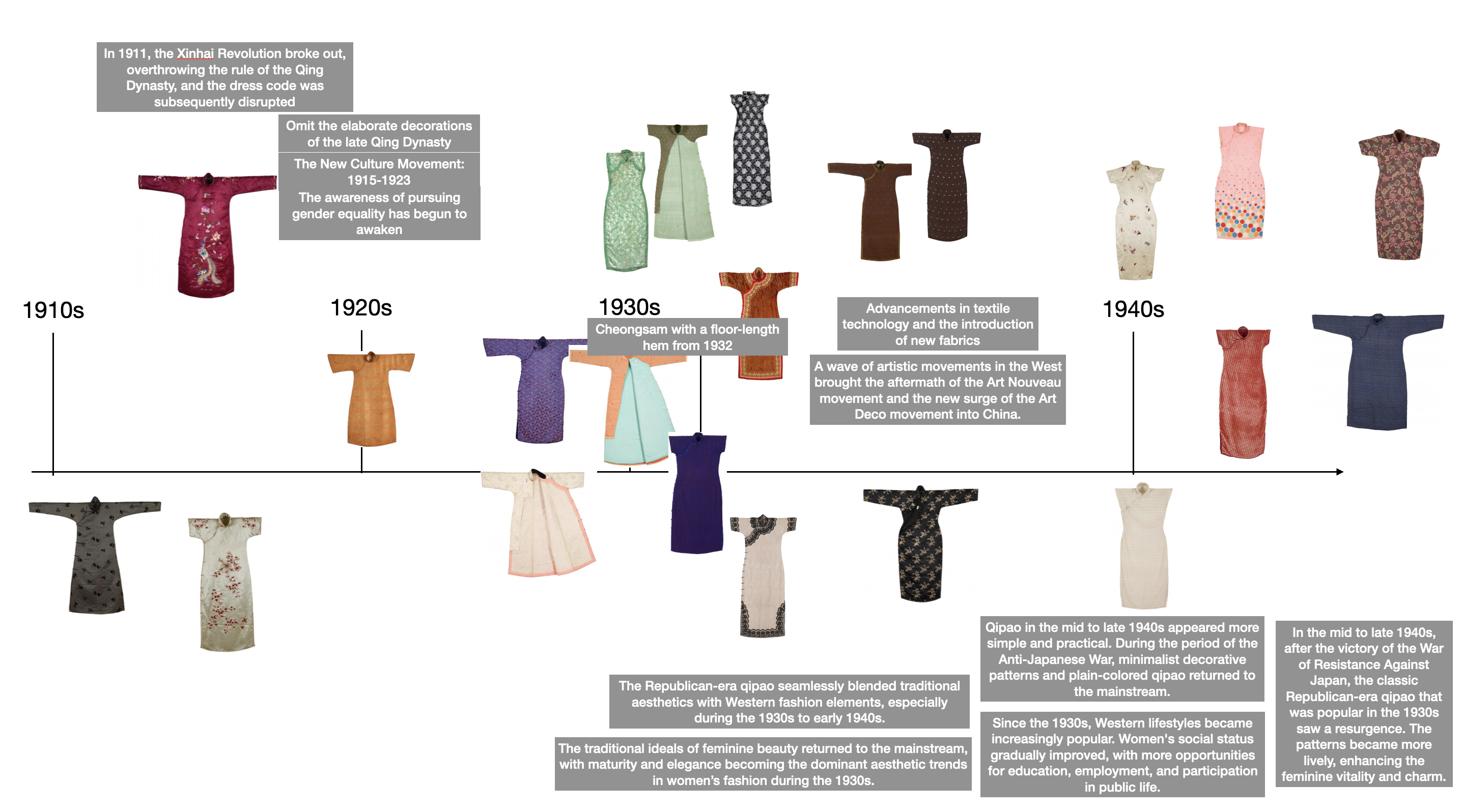Research on the Colors of Republic of China Qipao Patterns Based on the NCS Color System: A Case Study of the Digital Collection of the Museum of Ethnic Costumes
Keywords:
Republic of China Qipao, Pattern Colors, NCS Color System, Color CultureAbstract
This study focuses on qipao garments from the Republic of China period in the digital collection of the Museum of Ethnic Costumes at Beijing Institute of Fashion Technology. It investigates the color characteristics of qipao patterns by applying the internationally standardized Natural Colour System (NCS) to conduct a systematic analysis of their hue, chromaticness, and blackness. By integrating historical literature and cultural context, the study explores the underlying aesthetic logic and social factors influencing color choices.
High-resolution images were processed using computer-assisted color extraction tools to obtain the dominant color data, which were then converted into NCS codes to build a color database. Pattern color distribution was analyzed based on ground color categories (e.g., black, reddish-brown, pink, and gray-green). Results indicate that qipao patterns from this era predominantly feature warm tones, with medium to high chromaticness and well-controlled blackness. The color combinations highlight strong decorative qualities and visual focus. Distinct functional differences in pattern color schemes were observed across different ground hues: for example, red was often used for ceremonial attire, while pink and beige appeared more frequently in daily wear or garments for young women, reflecting a clear aesthetic stratification by class and identity.
Through a contextual analysis involving shifts in women’s social roles during the Republic of China period, the influence of Western color theories, and the rise of decorative art trends, this paper argues that the evolution of qipao pattern colors represents not only an aesthetic transformation but also a material expression of emerging female subjectivity and cultural identity. The findings further demonstrate the applicability and scientific value of the NCS color system in traditional costume studies, offering an integrated perspective for the visual quantification and cultural interpretation of garment color.





